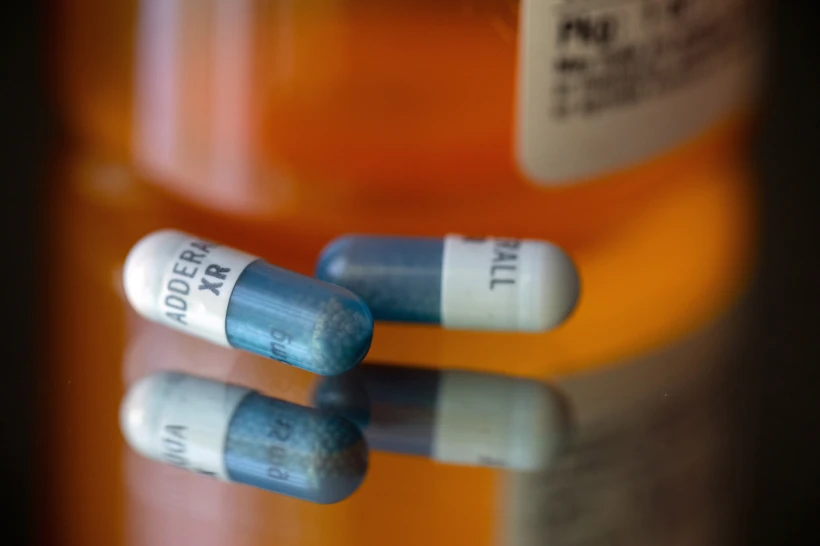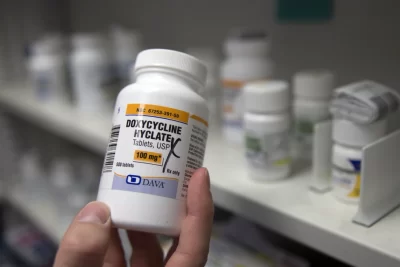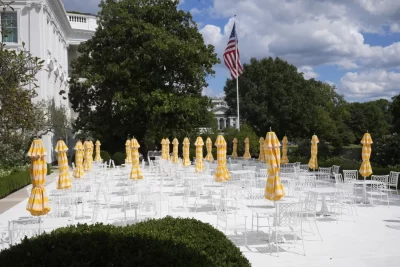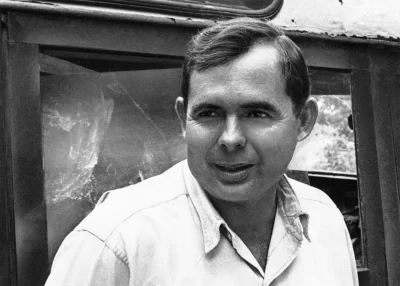
Prescriptions for ADHD treatments surged among adults during the COVID-19 pandemic, helping to fuel lingering shortages that frustrate parents and doctors.
New prescriptions for stimulants used to treat the condition jumped for young adults and women during a two-year window after the pandemic hit in March 2020, according to a study published Wednesday in JAMA Psychiatry.
Prescriptions also soared for nonstimulant treatments for adults of all ages, the U.S. Food and Drug Administration researchers found.
Working from home made some people realize how easily they get distracted. Childress says she diagnosed a lot of parents, especially moms, who saw it in their children and realized they may have it as well.
Plus, social media made people more aware of adult ADHD.
Rising use of ADHD treatments compounded with manufacturing problems triggered an Adderall shortage that started more than a year ago. Doctors and patients say supply problems for several treatments haven’t let up.
“Each week there about 10 things that are in shortage,” Childress said.
Wendy Terry called nearly 20 pharmacies last month looking for the drug Focalin for her third-grade son, who has ADHD. Some were a 45-minute drive from her home in Diboll, Texas, a town about 100 miles northeast of Houston.
“They all told me the same thing: We can’t get it from the manufacturer. We don’t know when we’re going to get it or if we’re going to get it,” said the 42-year-old insurance agent.
Terry eventually found a drugstore, thanks to a tip from a friend who works at another pharmacy. She says she dreads going through the ordeal again for a refill, but her son needs the help.
“When he’s not medicated, he literally can’t sit down at school,” Terry said. “He can’t quit moving. He is constantly moving. His mind is all over the place.”
Federal regulators limit the production of some ADHD treatments because they are controlled substances. Regulators and drugmakers try to anticipate how much of a drug will be needed based in part on how it has been used in the past, said Mike Ganio, who studies drug shortages at the American Society of Health-System Pharmacists.
But he noted that predicting demand is difficult, and spikes in use can contribute to shortages.







